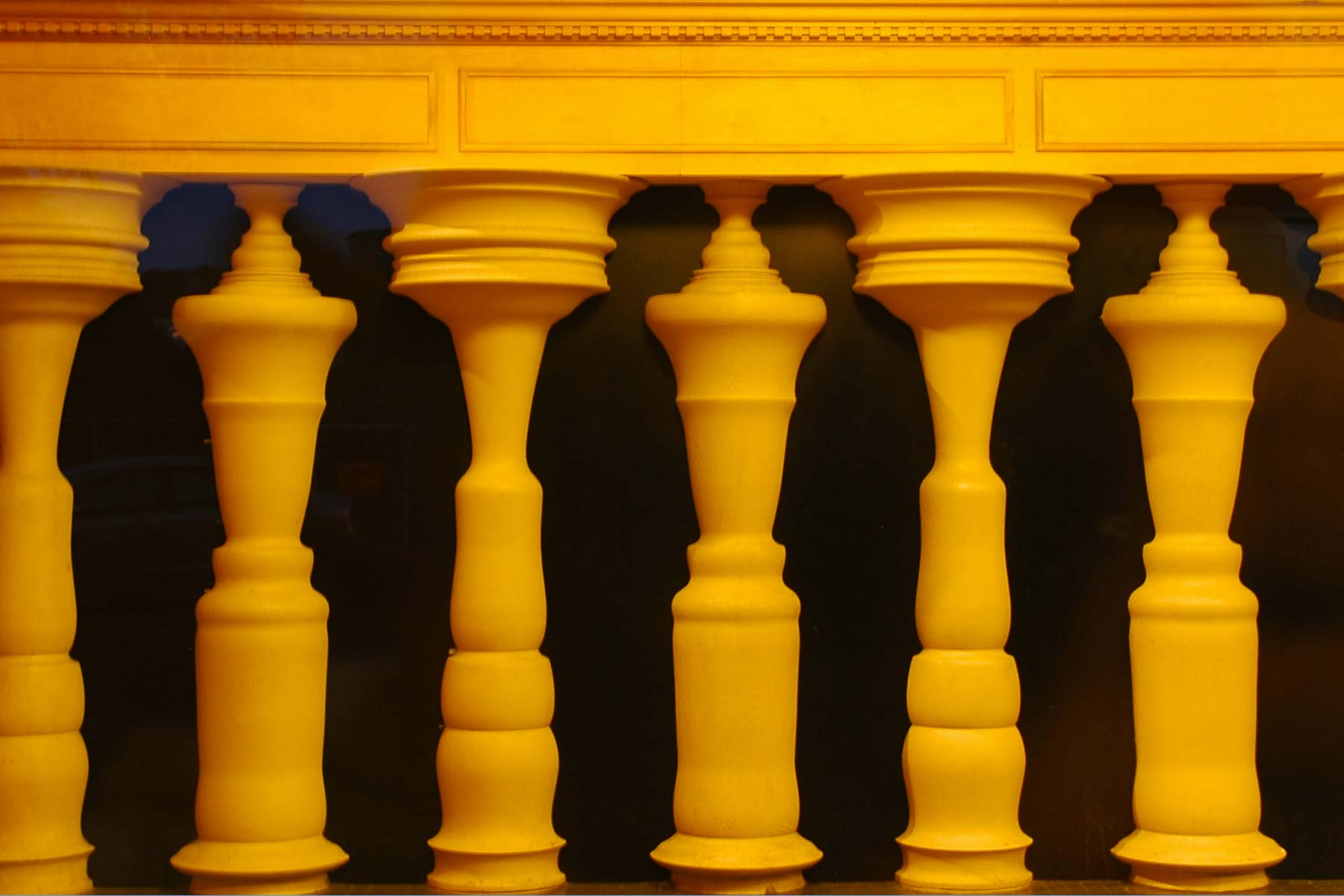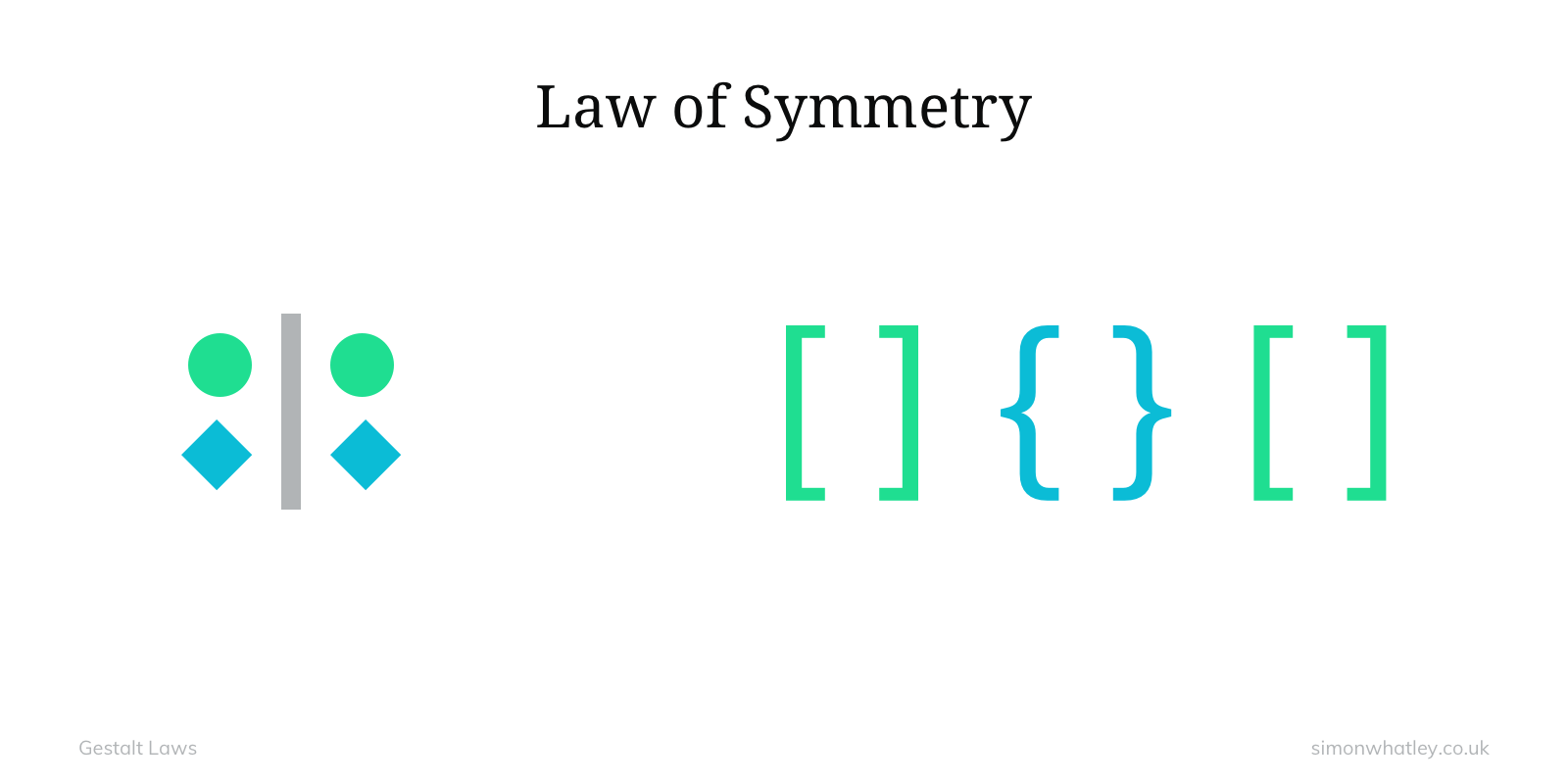


The figure is generally described as the focal point, while the ground is the element on which the figure rests. In any design, elements are perceived as either the focal point in the foreground or part of the background. We still instantly recognize the shape as a panda. Notice that some upper portions of the outline are missing, and the design is somewhat incomplete. What would otherwise be a group of irregular shapes combine to form a recognizable design. If too much is missing, the design will instead appear as its separate parts.Ĭonsider the World Wildlife Fund logo, for example. Even if parts are missing, the human psyche will make every attempt to match it to a known object just as long as the designer includes enough information that viewers can fill in the gaps. The closure principle dictates that a complete outline isn’t necessary to convey the same message as a partial outline. RELATED: 11 Rules of Composition for Non-DesignersĬreate your own blog graphics in minutes with this drag-and-drop tool. A design could include 16 different shapes of varying colors, but if they are within close proximity to each other as compared to other elements, they will be perceived as a group. The only difference is the space between.īased on this Gestalt design principle of proximity, objects placed close to each other don’t even have to share any characteristics to be perceived as a group.

In the above example, the group of 16 circles on the left is perceived as a single group, while the same 16 circles on the right is instead seen as two separate groups of 8. Simply speaking, objects that are close together are generally perceived as more related than objects farther apart. Even though they are all the same shape, the blue shapes will be perceived as related, as will the green shapes.ĭesign elements can be perceived as related by sharing any sort of characteristic, including color, shape, size and texture.Īlso an essential element of visual hierarchy, proximity is a common way to group design elements. The same effect occurs with a group of squares that are either blue or green. Most will perceive the three squares as a group apart from the other shapes. Think about a group of shapes consisting of three squares, a triangle, a circle, a hexagon and a star. Our minds simply group the similar objects together regardless of their proximity to one another. Therefore, a simple and well-defined design will more quickly communicate the desired message than detailed illustrations with ambiguous contours.Īccording to this Gestalt design principle, objects with similar characteristics are perceived as more closely related than objects that share no similar features. Without even realizing we’re taking these steps, we finally combine the identified elements to recognize the whole. We then compare it to known shapes and patterns. It’s just what we see.Īccording to psychologists, when we identify an object, we first seek to identify its outline. We don’t have to stop and think about it first. Even more simply, those who have seen the image before are most likely to perceive the whole as a single logo instead of even three faces. While the design consists of irregular shapes with negative space in between, we see three silhouettes. Try It for FreeĨ Gestalt Design Principles with Examples 1 Gestalt Law of SimplicityĪccording to the first Gestalt design principle, also commonly referred to as emergence, people perceive and interpret ambiguous or complex images in their simplest form.Ĭonsider, for example, the Girl Scouts of America logo below. An easy-to-use Infographic Maker.Ĭreate your own memorable infographics in minutes with this drag-and-drop tool. The following eight design principles are derived from Gestalt theory:Ĭreated using Visme. The idea that a whole is perceived as different or more than the sum of its parts is commonly employed in design, even if the artist is consciously unaware of its use.
LAW OF SIMILARITY PSYCHOLOGY SERIES
He noticed that while it appeared a single light was moving, in reality a series of bulbs were lighting up in succession. According to Kurt Koffka, one of the earliest Gestalt psychologists, “ The whole is other than the sum of the parts.”Įarly 20 th -century psychologist Max Wertheimer was one of the first to discuss the concept after he observed flashing lights at a railroad crossing. Also known as gestaltism, the philosophy dictates that the human mind perceives a whole composition as something different than its individual elements. What makes an effective design? Part of t he answer can be found within the tenets of Gestalt psychology.


 0 kommentar(er)
0 kommentar(er)
